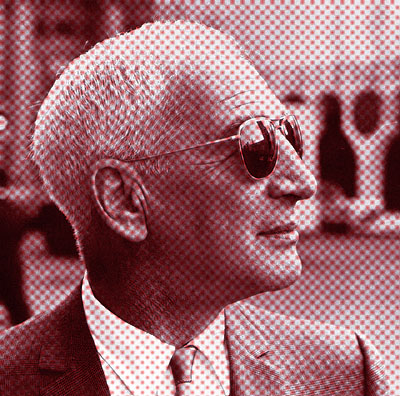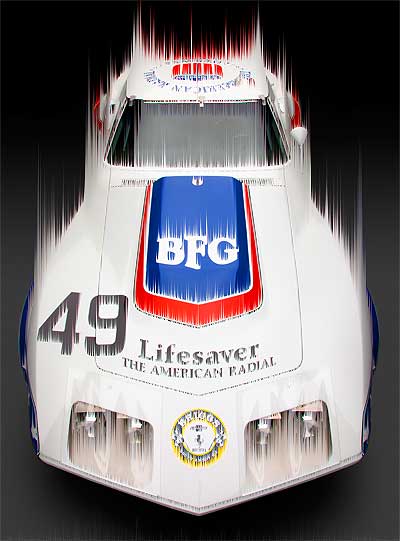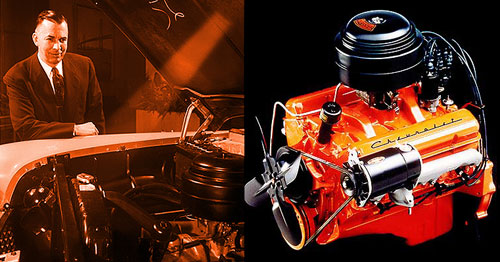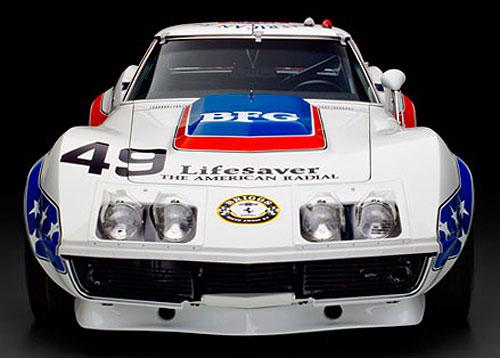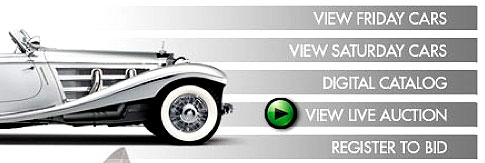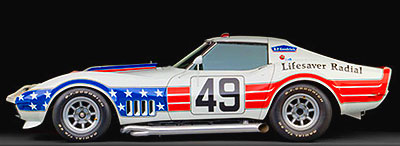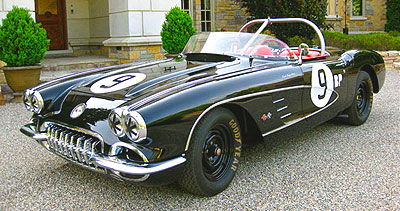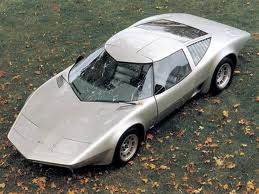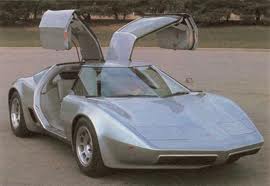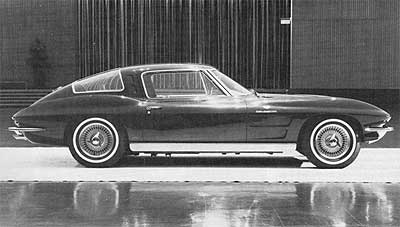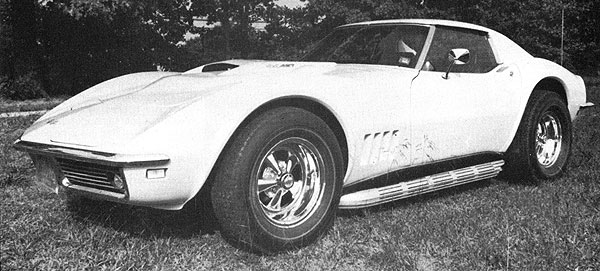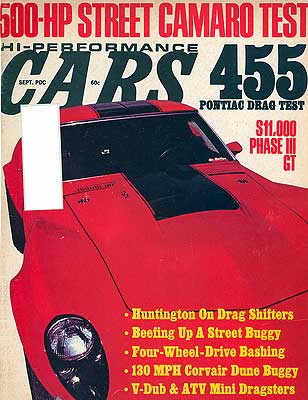Dateline: 8.22.11
Before the Callaway Twin Turbo arrived, Corvette engineers were taking a shot at turbocharging a 1979 Corvette
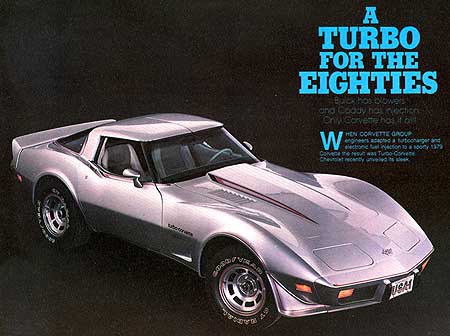
The C7 Corvette rumor mill has been quiet the last month of so. Oh, a few weeks ago there was a burp about a possible C7 chassis mule hidden under a late model Corvette Coupe. (not much in that report) Then towards the end of May ‘11 CorvetteBlogger.com posted a report from TheDetroitBureau.com that the C7 would be powered by a turbocharged 3.0-liter V8. Of course, no one really knows except for the Chevrolet and Corvette engineers that are working on the project. But my take is that the little turbo engine report is pure speculation. There have always been those that have wanted the Corvette to be a small European-like sports car. I say, if that’s what you want, buy a Lotus.
Will Chevrolet back down from the 638-horsepower high-water-mark of the current LS9 engine? Let’s hope not. The computer emission controls on the latest LS engines seem to be more than capable of adjusting for horsepower, as we’ve seen from the work of Howard Tanner, the new “Mr. Motion” that’s building the official authorized, 800-horsepower Baldwin Motion Phase III Camaros. (Yes, I have it on excellent authority that a Phase III C6 Corvette is in the works.) What might pull the plug on a mega-horsepower C7 Corvette power plant is the CAFE (Corporate Average Fuel Efficiency) standards. But since Corvettes are a tiny percentage of the average of all GM cars, they might be able to slip in a horsepower beast into the C7 to function as their latest, greatest halo car. It’s ALL up in the air and delicious fodder for bench racing.
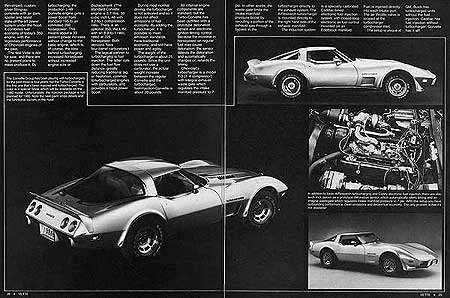
But the turbocharged issue is interesting and got me to remembering an earlier turbo Corvette that Chevrolet was tinkering with. Back in 1979 the above show car Corvette was powered by a 195-HP L48 engine with an AIResearch tubrocharger that bumped the power up to around 280 – 290-HP. Why they didn’t use the more stout L-82 engine, only the Corvette engineers know. Ask Dave McLellan if you get the chance. But the extra 90-to-100-horsepower didn’t WOW anyone in the already husky ‘79 Corvette. But the car sure looked cool! The silver Coupe wore production front and rear spoliers, Continue reading “A Turbocharged Blast From the Past – the 1979 Experimental “Turbo Corvette””

